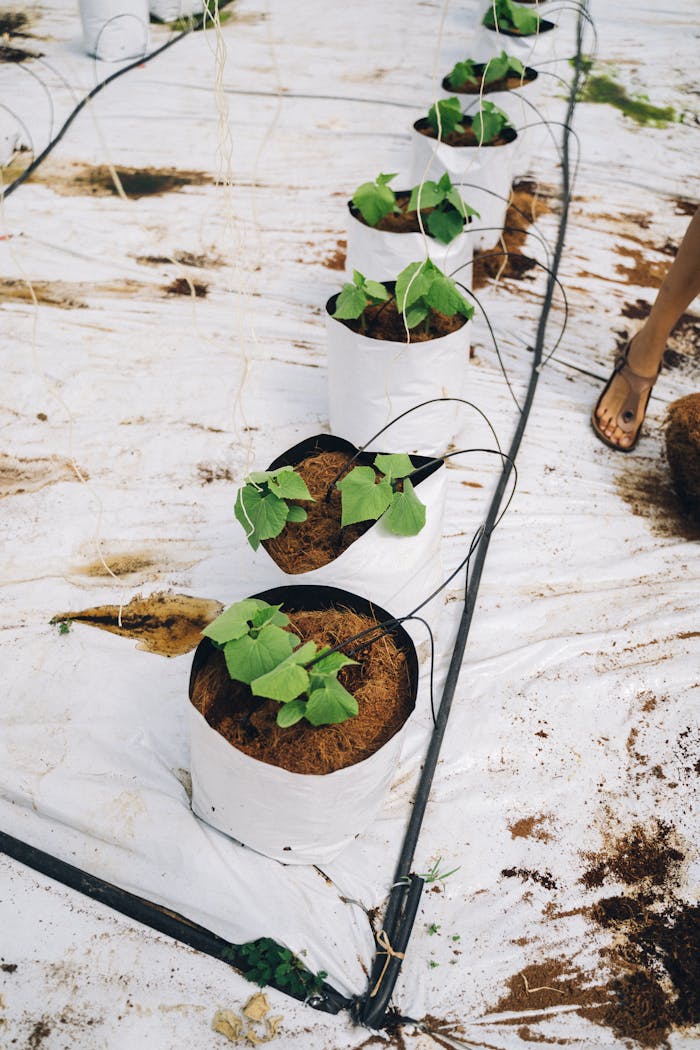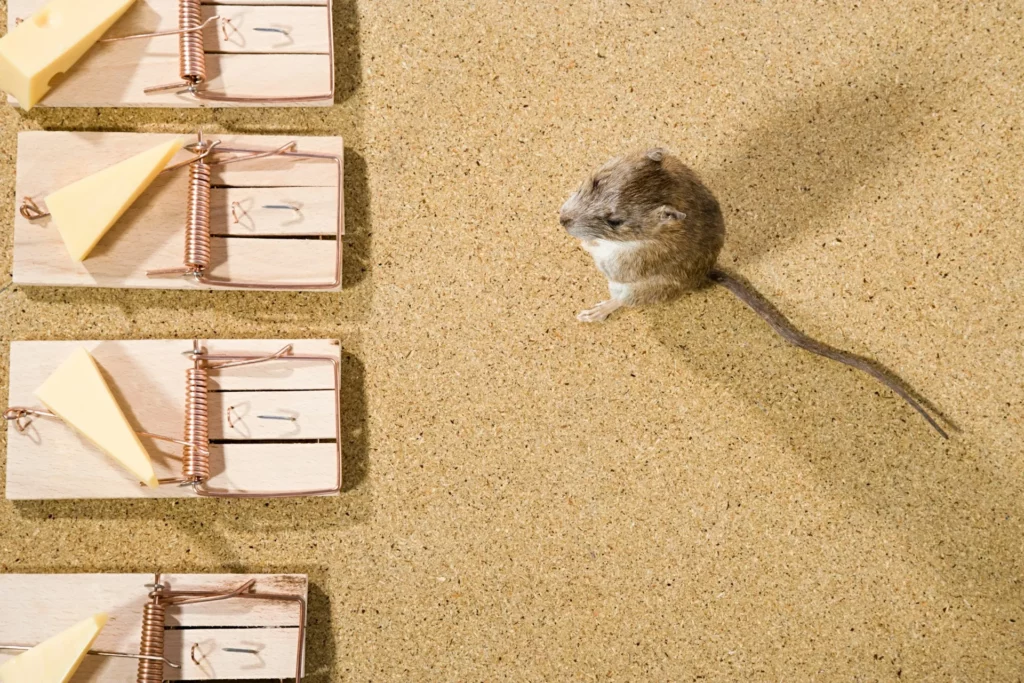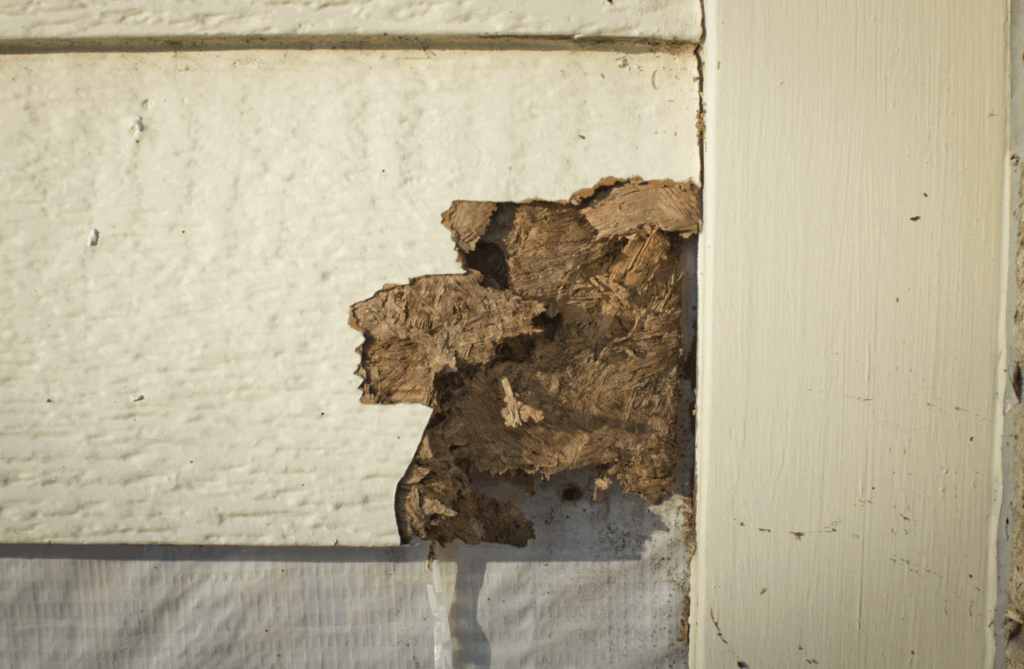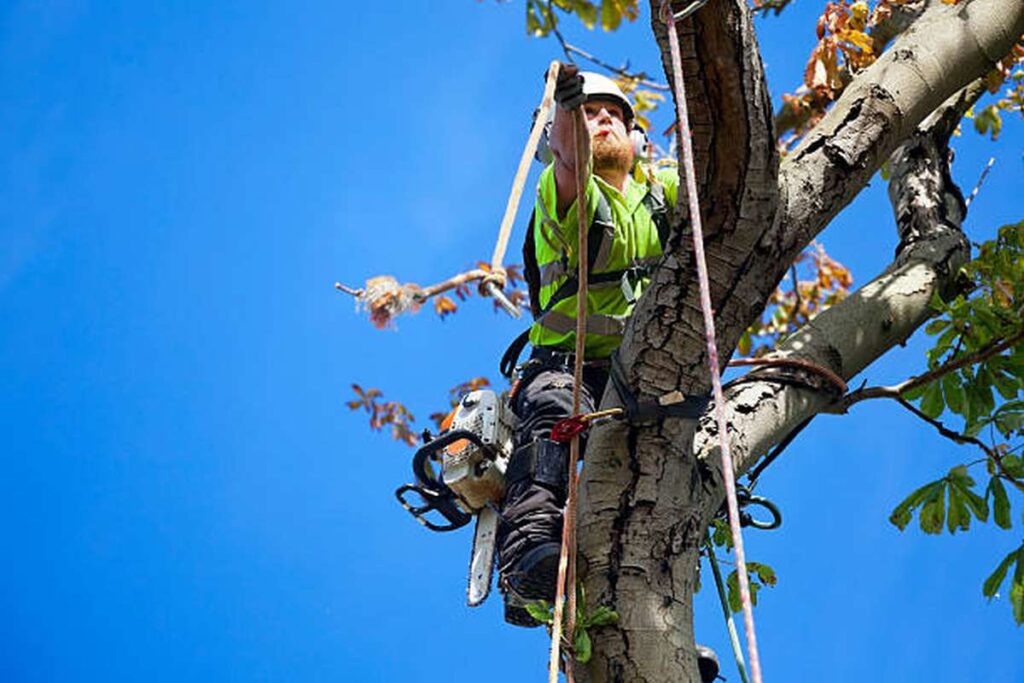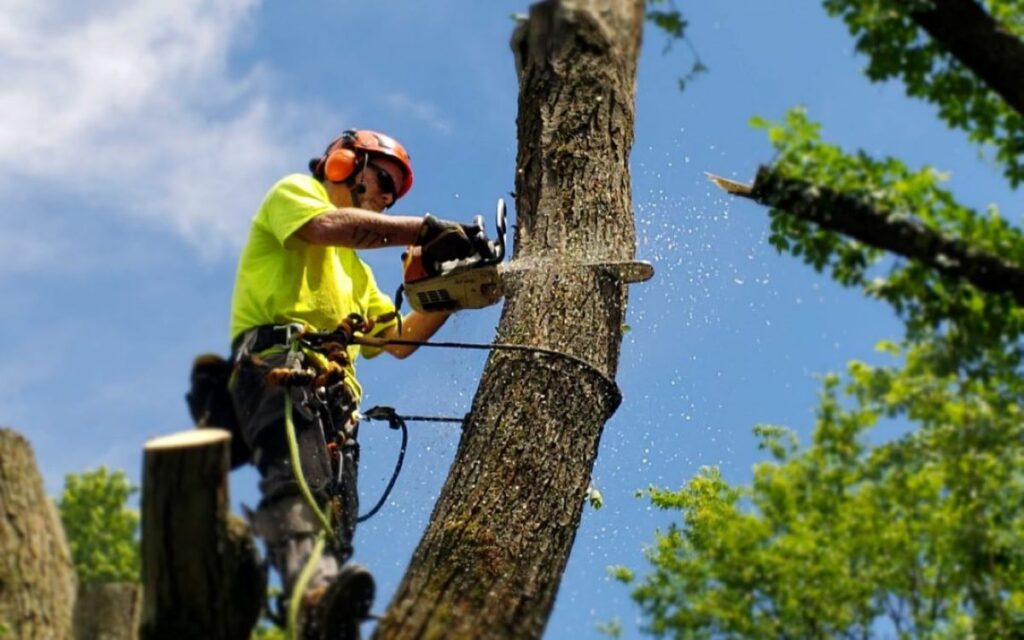
Resources
Dive into a wealth of practical information, guides, and essays tailored for agrarian enthusiasts and aspiring homesteaders seeking sustainable solutions.
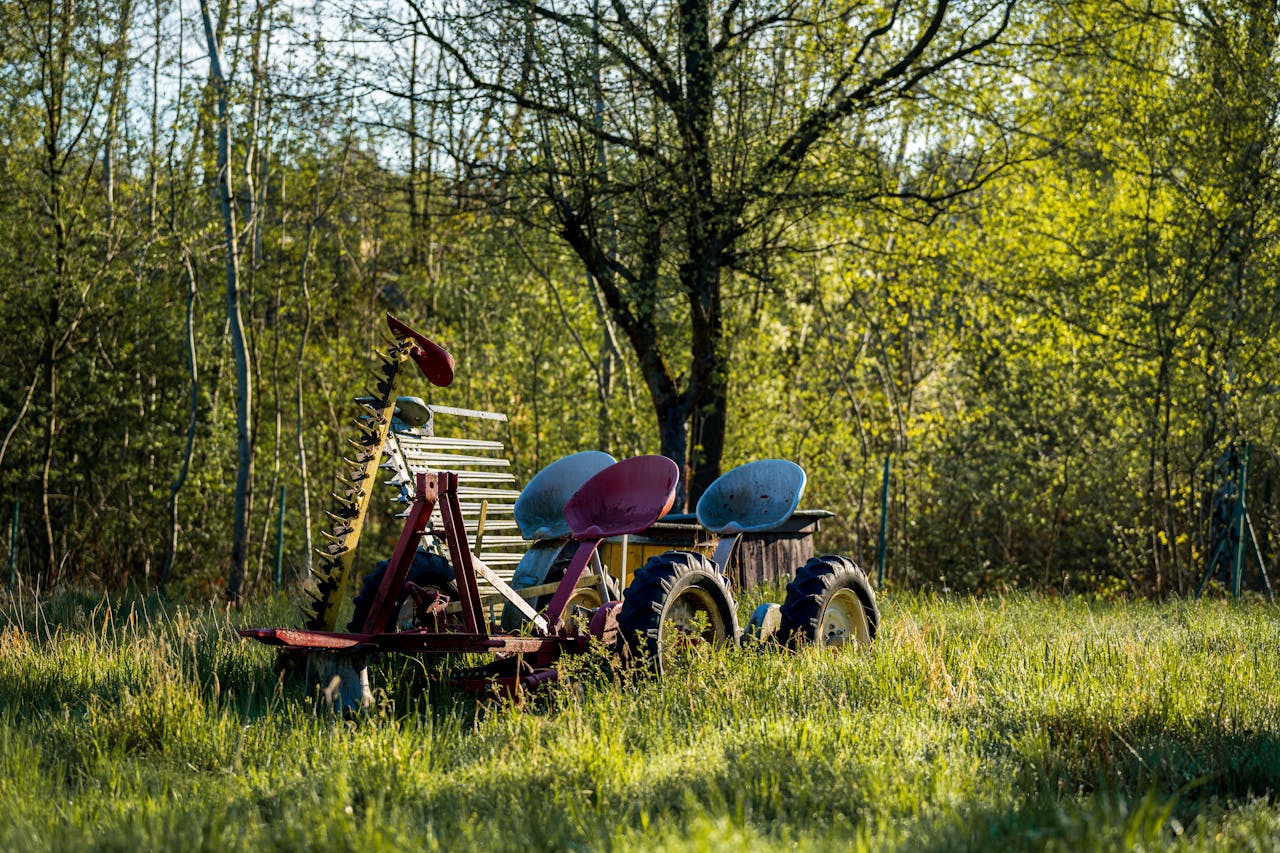
Community Support
Connect with like-minded individuals who share your passion for independent living. Join our virtual space to learn and grow together.

Educational Content
Access timely insights and timeless wisdom through our regularly updated blog, focusing on traditional farming and self-sufficiency practices.
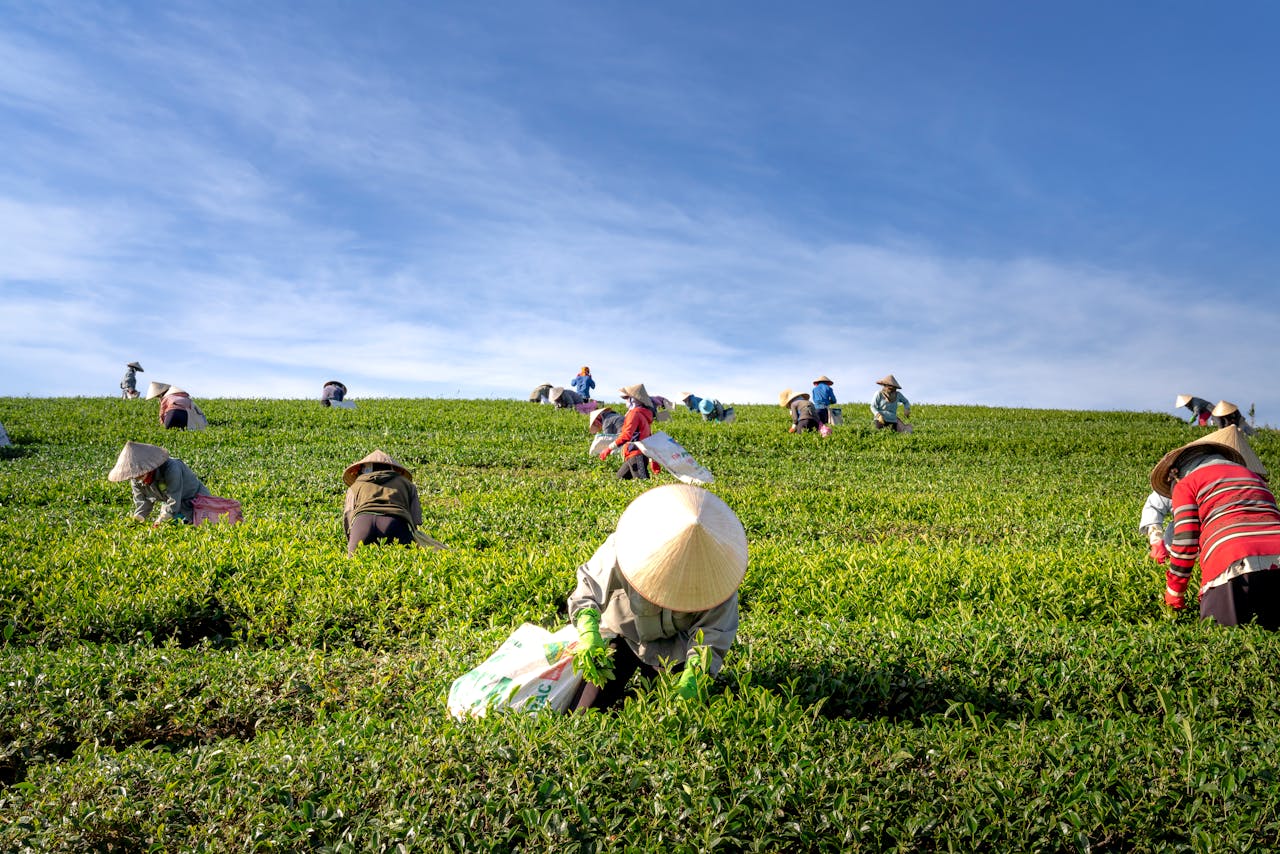

Our Blog
Rat Pest Control Sydney: Are Natural Repellents as Effective as Traps?
What Are the Common Rodent Species Affecting Sydney Homes? Three primary rodent species plague Sydney…
Termite Inspections Sydney: How Long Does a Full Inspection Take?
How Long Does a Full Termite Inspection Take in Sydney? A full termite inspection in…
Why You Should Always Hire Certified Arborists for Tree Removal
Tree removal is a task that requires careful planning, skill, and safety awareness. While some…
Top Benefits of Professional Tree Lopping for Your Property
When you look around a well-maintained property, there’s one thing that often stands tall—literally—and sets…
Flowers Cremorne That Suit Every Occasion
Flowers have a remarkable ability to convey emotions, celebrate milestones, and enhance the beauty of…
How to Find the Best Florist in Cremorne
Finding the perfect florist can be a daunting task, especially when one is looking for…

